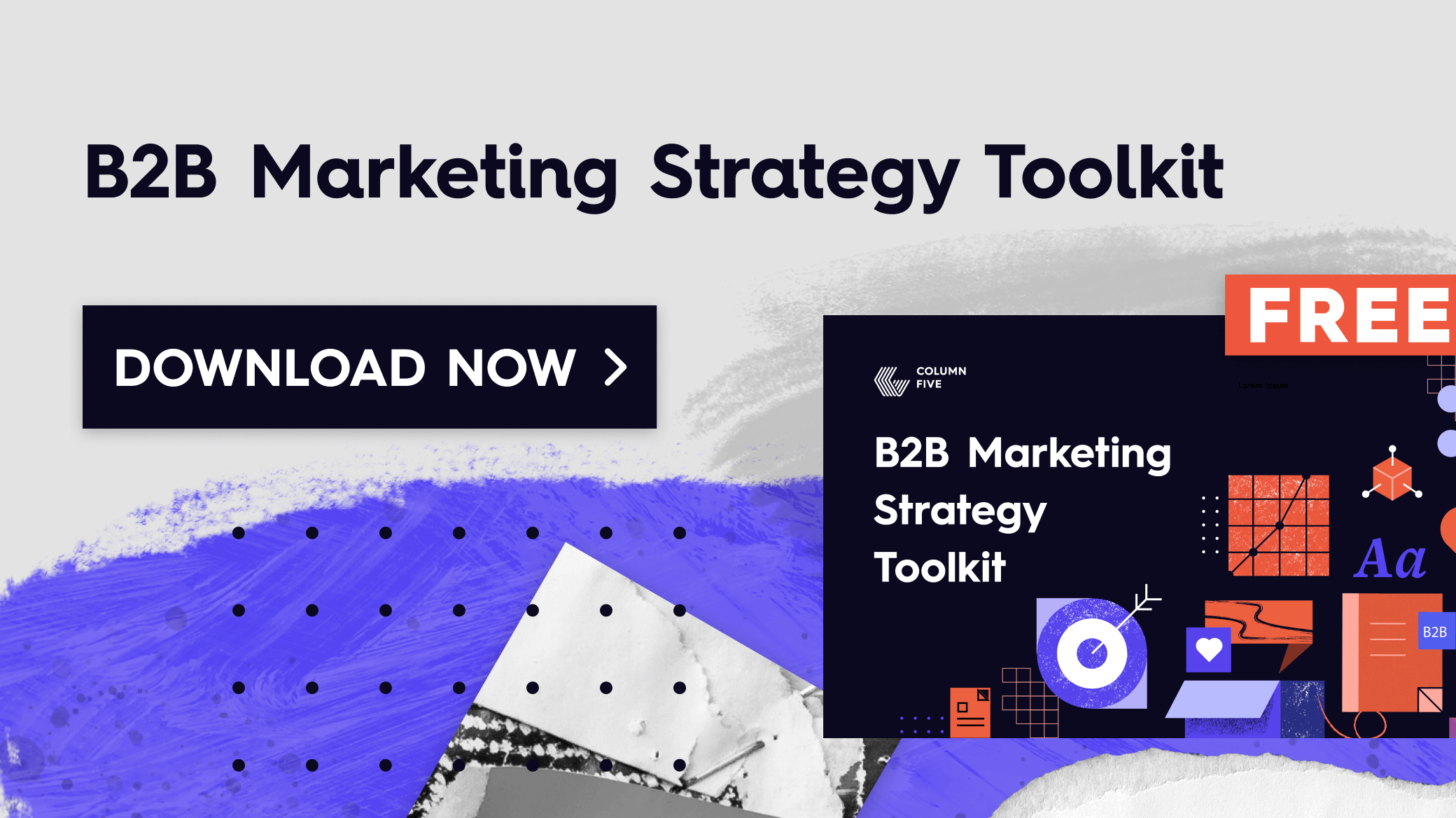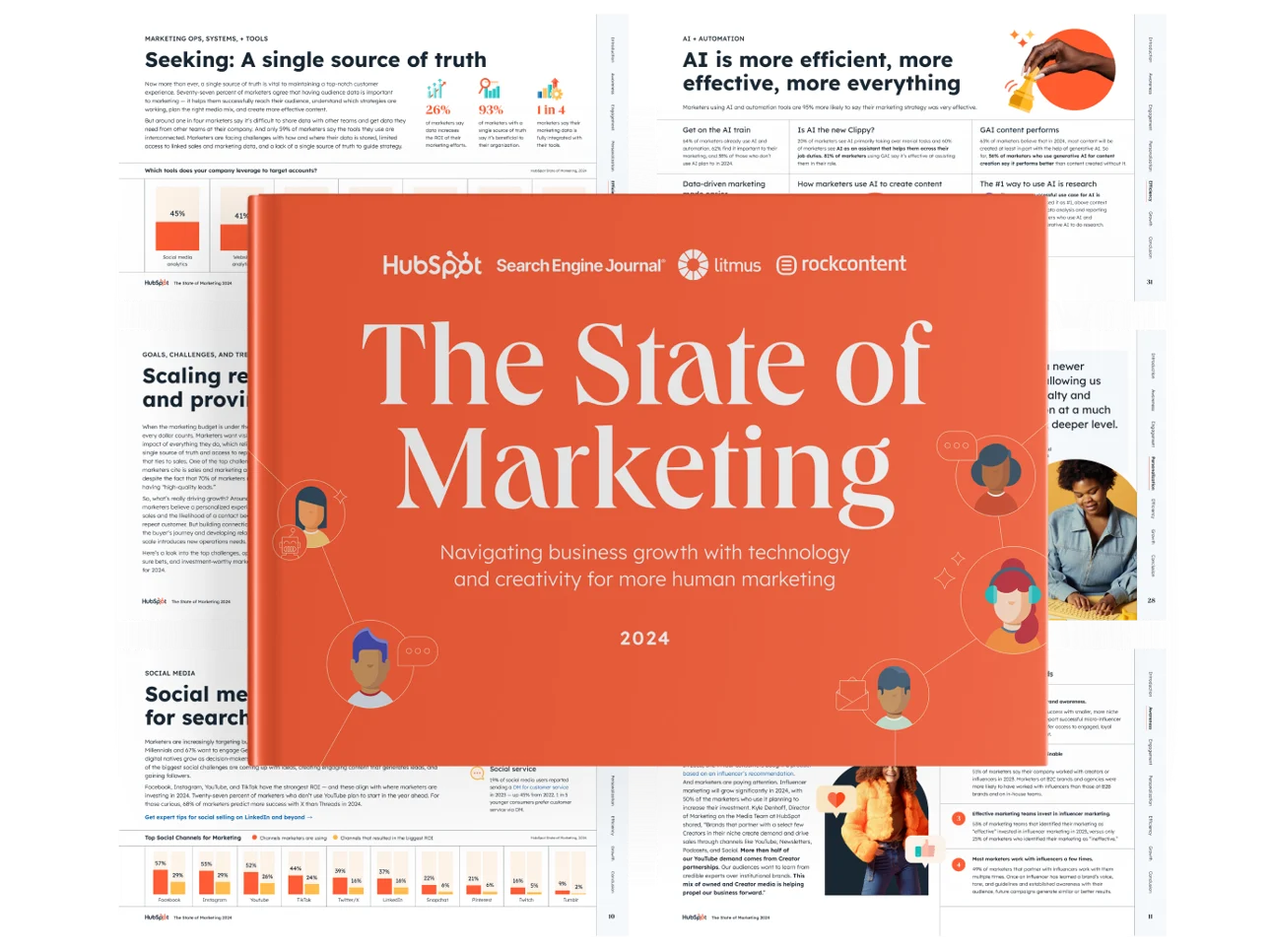We’ve been in the marketing game for well over a decade, and yet we’re still shocked to see how many B2B marketers cling to the belief that B2B campaigns shouldn’t be emotional. Not only is this outdated thinking but new research suggests it’s incredibly short-sighted.
“In B2B, emotional messaging is more effective in the long-term, and rational messaging is more effective in the short-term.”
—The 5 Principles of Growth in B2B Marketing
(The B2B Institute, 2024)
With increasingly crowded markets—and fewer opportunities to differentiate—how people feel about your brand is more important than ever. Cultivating strong emotional relationships isn’t just the secret to standing out. People also remember emotional associations more than functional product benefits, so creating emotionally driven campaigns is one of the best ways to increase mental availability (effectively making you the first brand they think of when they’re ready to buy).
For 70% of B2B buyers, emotional consideration is as important or more important than rational considerations.
For too long, B2B marketers have focused on rational benefits and logic-driven content, but clinging to those beliefs is likely to leave you in the dust. It’s time to shift your thinking and focus on cultivating emotional connections throughout the buyer journey. But how do you do it?

4 Emotional Angles For Your B2B Campaigns
Whether you’re looking to build brand awareness or reach people ready to buy, emotional priming is a powerful tool. To take advantage of this, think about ways to infuse emotion into everything from your organic content to your paid ads.
That said, although all sorts of emotions can drive audiences, research shows that some of the most successful B2B campaigns tap into very specific emotional struggles. If you’re ready to brainstorm your next B2B campaign, here are four key angles to consider.
Angle 1: Highlight your humanity in a tech-obsessed world.
Although every brand is pushing AI, there is still a level of skepticism among B2B buyers. Sure, they want the efficiency and better productivity the tech promises, but they don’t want to be left stranded when they hit a wall. Ultimately, they crave reassurance that there are still humans behind those business interactions. (Fun fact: Gartner predicts that 20% of brands will lean into being AI-free as a differentiator in the next 3 years.)
You can build trust and foster more personal engagement by showcasing your humanity across channels.
- Show how your product or service empowers real people behind the scenes. (On that note, storytelling is also a more emotional way to frame these success stories. Find out how to create case studies with a narrative arc.)
- Give people a behind-the-scenes look at your processes, or highlight how teams collaborate.
- Celebrate your employee culture on social media. (Note: This is also a great way to attract potential employees.) You might also highlight the presence of your customer service teams, dedicated account managers, or expert consultants to emphasize that customers will always interface with a human.
Note: One common mistake we see brands make is confusing human imagery for human-centric marketing. (This is especially true in tech.) See more of our tips to tap into humanity, not just optics.
Example: Zendesk has an entire Instagram account dedicated to their creative team. It features employee spotlights, Q&As, and other culture content that showcases their overall personality. It’s a meaningful way to bring people behind the scenes of Zendesk to meet the faces and personalities that make up the brand.
View this post on Instagram
Angle 2: Acknowledge that business is tough.
Business leaders face daily pressure from competition, economic uncertainty, and shifting markets. Demonstrate that you empathize with the stress and strain they face—and offer solutions designed to help them not only survive but thrive. This is a smart way to reinforce that your brand is a trusted ally rather than just a vendor.
- Create content to help them navigate challenges head-on.
- Use messaging that reflects their reality, whether it’s market volatility, increased competition, or labor shortages.
- Share smart hacks and insider strategies to maximize their energy, resources, or spending.
Ultimately, you want to position your product or service as the answer to overcoming these hurdles, offering clear solutions that address their immediate pain points and long-term goals.
Example: We launched Best Story Wins, our agency podcast, to find out how marketing leaders are winning heart, minds, and marketshare. This has been a tremendously helpful venture to share knowledge, get insider perspectives, and help our clients navigate the ever-evolving world of marketing.
Angle 3: Empathize with how lonely it is to be a business leader.
Leadership, especially in a B2B context, can be pretty isolating. CEOs and business leaders often carry the burden of decisions alone, navigating complex challenges while managing teams and strategy.
Demonstrating empathy toward their loneliness and the pressure they face builds an emotional bridge that can really help differentiate your brand.
- Create content like leadership guides, tools, or resources that make decision-making easier for leaders.
- Interview other business executives for their insights.
- Create online communities to help leaders connect and support each other.
Example: LinkedIn and Hubspot collaborated on the Spiraling Up documentary series, which follows the stories of startup founders in various stages on the path to becoming a unicorn in their industry. Highlighting the ups and downs of their journey fosters a sense of camaraderie and commiseration.
Angle 4: Tap into FOMO.
The Fear of Missing Out (FOMO) is a strong emotional driver influenced by our deep-rooted fear of falling behind or being left out of valuable opportunities. In B2B marketing, FOMO can be used effectively to create urgency and push decision-makers to take action sooner rather than later.
- Host an exclusive webinar or event.
- Offer early access to timely industry trends, market forecasts, or product innovations.
- Provide a tool that allows businesses to benchmark themselves against their competitors or industry averages.
- Allow select businesses to be part of a beta program for a new product or feature.
Example: HubSpot’s annual State of Marketing report is a timely piece of content that offers their audience insider access and insights into the challenges fellow marketers are facing and the moves they’re making to win.

How to Lead With Emotion—Across the Buyer Journey
Emotionally driven campaigns are a powerful way to support your brand, but there are many other tactics you can use to reinforce this messaging across your organization (both internally and externally).
- Write more emotional copy. From CTAs to sell sheets, look for opportunities to infuse more compelling language across all content. Start with these 5 tips to write emotional copy that converts.
- Lead with empathy. Empathy is key to understanding what your audience feels. If you’re looking for more ways to incorporate empathy into your marketing, here’s how 15 great brands are doing it.
- Push the envelope. If you want to elicit strong emotional feelings, tap into the big ones—surprise, shock, intrigue. Follow our tips to brainstorm big ideas that are anything but boring.
That said, although emotion is a powerful driver, it’s true that it isn’t the only thing that will drive people to buy. The most effective tactic is to blend logic and emotion throughout the buyer journey (specifically starting with emotion and ending with logic). Although it’s a delicate balance, nailing this formula will help you win both short-term and long-term gains—and cement your brand as the best in your market.
The post 4 Emotional Angles to Use in Your B2B Campaigns (Per New Data) appeared first on Column Five.